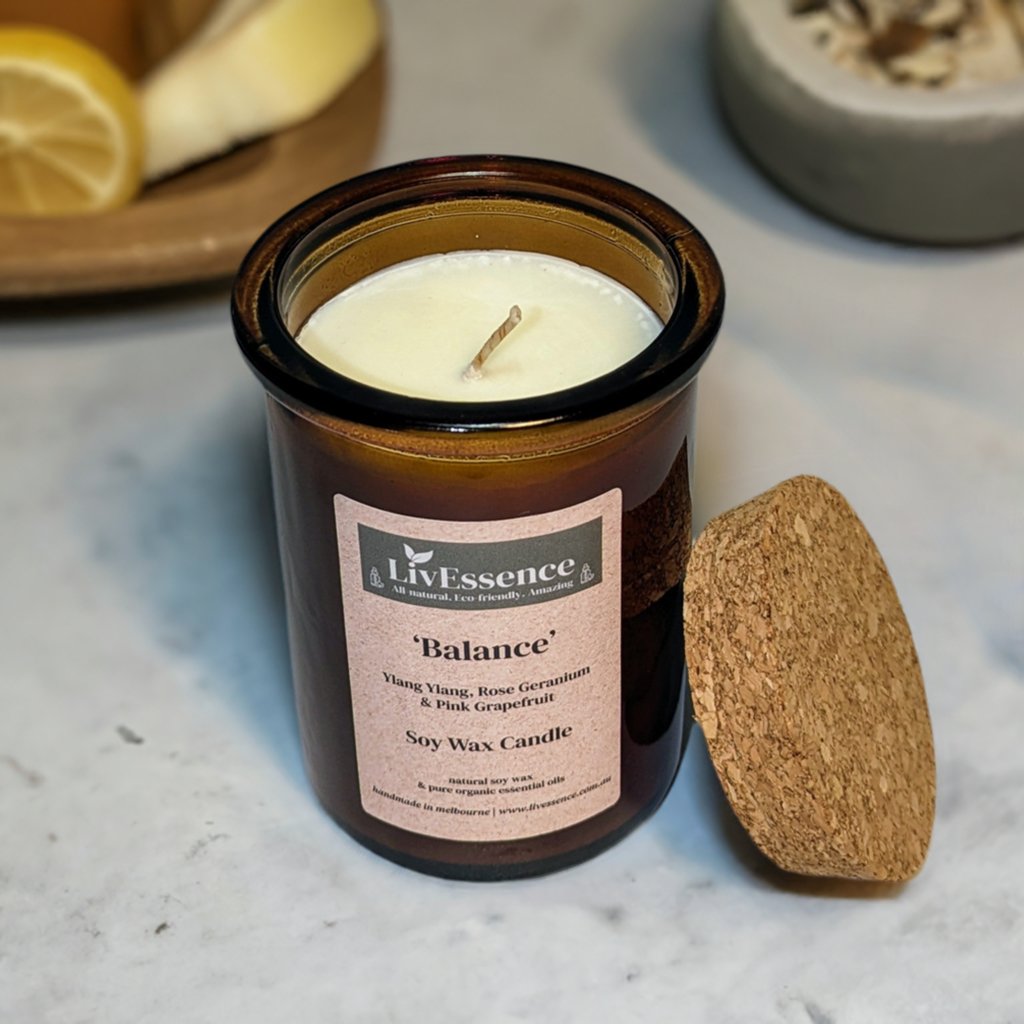Check out the World of Crystal Soy Candles and Home Fragrance Delights
Check out the World of Crystal Soy Candles and Home Fragrance Delights
Blog Article
From Wick to Wax: Understanding the Chemistry Behind Soy Wax Candles and Their Ecological Effect
As we illuminate our spaces with the cozy radiance of candles, there exists a world of intricate chemistry behind the relatively straightforward act of lighting a soy wax candle. Join us as we unwind the scientific details behind soy wax candle lights and explore their implications on our environment.
Soy Wax Vs. Paraffin Wax
When contrasting soy wax and paraffin wax for candle light production, it is vital to understand the distinctive characteristics and benefits of each material. Soy wax is an all-natural, renewable energy stemmed from soybean oil, making it environmentally friendly and naturally degradable - soy wax candles. On the other hand, paraffin wax is a byproduct of oil refining, which increases worries regarding its ecological influence and sustainability
Soy wax candles burn cleaner and send out less residue contrasted to paraffin wax candle lights, making them a healthier option for indoor air quality. Additionally, soy wax has a lower melting point, permitting a longer-lasting candle that disperses fragrance better. Paraffin wax, on the various other hand, has a tendency to melt faster and much less easily, possibly launching unsafe chemicals right into the air.
From a sustainability viewpoint, soy wax is preferred for its biodegradability and eco-friendly sourcing, straightening with the growing consumer choice for ecologically mindful products. While paraffin wax has actually been a standard selection in candle making as a result of its affordability and convenience of use, the shift towards environment-friendly choices like soy wax is obtaining energy in the market.
Chemical Composition of Soy Wax

Combustion Process in Soy Candles
The chemical composition of soy wax directly influences the combustion procedure in soy candle lights, affecting factors such as shed time, scent release, and ecological influence. When a soy candle is lit, the heat from the fire thaws the wax near the wick.
The burning performance of soy candle lights is influenced by the pureness of the soy wax and the high quality of the wick. A clean-burning soy candle light with a properly sized wick will certainly decrease and create a stable fire soot development. This not only extends the melt time of the candle light yet likewise improves the launch these details of scents. Additionally, soy wax candles have a lower ecological impact contrasted to paraffin candles as a result of their renewable and naturally degradable nature.

Environmental Advantages of Soy Wax

Taken into consideration a sustainable choice to standard paraffin wax, soy wax offers noteworthy ecological benefits that make it a popular option among eco-conscious customers. One considerable advantage of soy wax is its renewable sourcing. Soy wax is stemmed from soybean oil, which is mainly cultivated in the USA. The growing of soybeans assists sustain local farmers and decreases the dependency on non-renewable nonrenewable fuel sources used in paraffin wax manufacturing. Additionally, soy wax is eco-friendly, suggesting it breaks down naturally without releasing dangerous contaminants into the environment. This particular makes soy wax candle lights a more ecologically friendly alternative compared to paraffin wax candle lights, which are made from oil, a non-renewable resource. Soy wax burns cleaner and generates less soot than paraffin wax, contributing to much news better interior air high quality and lowering the requirement for cleaning and maintenance. In general, the ecological advantages of soy wax straighten with the expanding need for lasting and eco-friendly items on the market.
Recycling and Disposal Factors To Consider
Recycling and appropriate disposal of soy wax candle lights play a critical role in keeping environmental sustainability and decreasing waste in houses and areas. When it comes to reusing soy wax candle lights, the initial action is to make sure that the candle light has actually melted completely.

In regards to disposal, if recycling is not an option, soy wax candles are biodegradable and can be securely taken care of in most home waste systems. Nevertheless, it is always recommended to get in touch with local recycling facilities or waste management solutions for certain guidelines on candle light disposal to ensure correct handling and ecological protection.
Conclusion
To conclude, the chemistry behind soy wax candles reveals their environmental advantages over paraffin wax candles. Soy wax, originated from soybean oil, burns cleaner and creates much less residue when contrasted to paraffin wax. The burning procedure in soy candle lights is more effective, causing a much longer and extra also shed. Additionally, soy wax is eco-friendly and renewable, making it a much more sustainable option for candle light production. Reusing and appropriate disposal of soy wax candle lights additionally add to their ecological impact.
When contrasting soy wax and paraffin wax for candle light making, it is important to recognize the distinct characteristics and advantages of each product (soy candles).Soy wax candles shed cleaner and release less soot contrasted to paraffin wax candles, making them a healthier selection for interior air quality.Thought about a lasting alternative to typical paraffin wax, soy wax supplies notable environmental advantages that make it a popular choice amongst eco-conscious customers. Soy wax burns cleaner and generates less soot than paraffin wax, contributing to much better indoor air high quality and decreasing the demand for cleaning and upkeep.In final thought, the chemistry behind soy wax candle lights discloses their ecological advantages over paraffin wax candle lights
Report this page